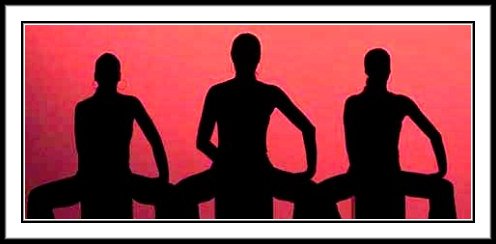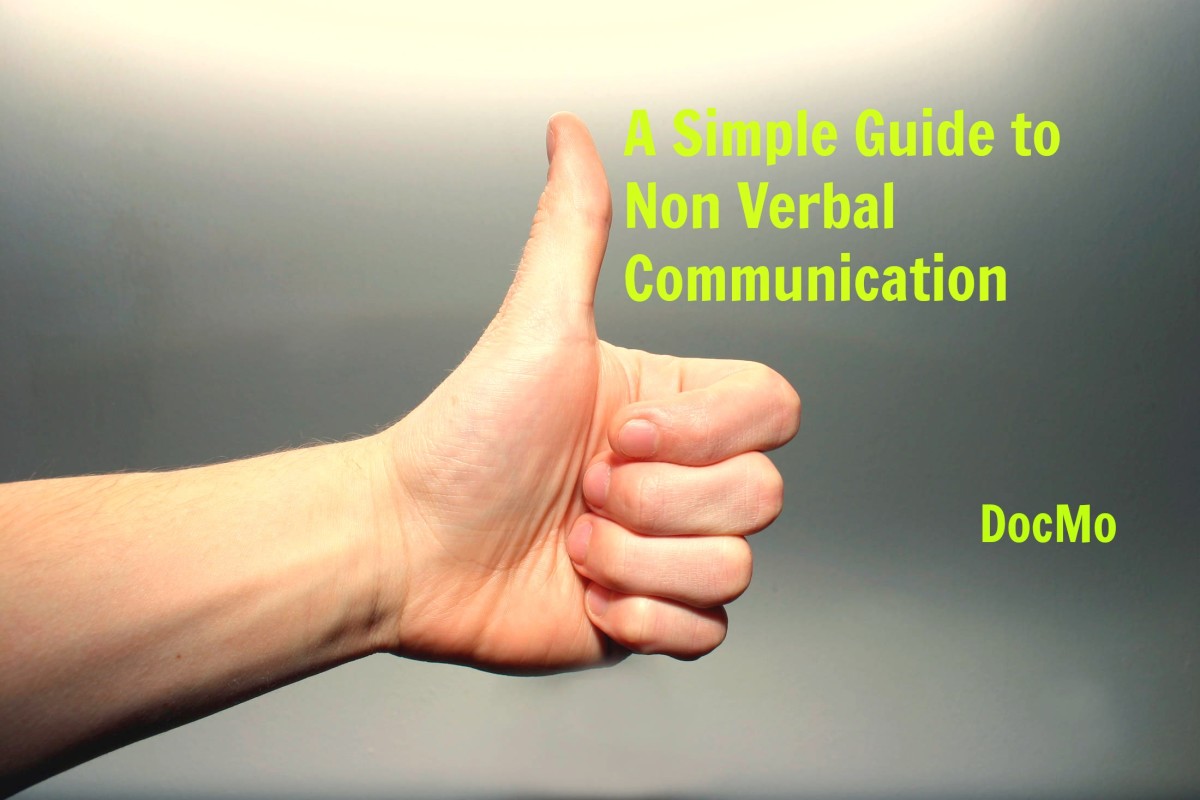Your Body Language Speaks Volumes



Non Verbal Signals
Body language is the art of reading non-verbal movements people make and isn’t really such a big secret anymore. What you are thinking can be revealed by the way you stand or even facial expressions you make. Body language can reveal a lot about a person because, people use non-verbal signals to communicate on a daily basis. These subtle signals can speak volumes. It’s an art, but not as difficult to master as you might think.
Body language techniques are often used by police, forensic psychologists and employers. These techniques can also be useful in everyday situations from becoming a victim of fraud, scams or deceptions.
According to research, up to 93 % of communication is non-verbal. Tone of voice, eye movement, posture, hand gestures and facial expressions can reveal much more than words. For instance, how you shake hands can divulge a lot about your personality. A firm hand shake suggests you are an honest and genuine person. On the other hand, no pun intended, a limp handshake shows a lack of confidence.
It’s not hard to spot a liar. Their Physical expressions will be limited and inflexible and they usually use fewer arm and hand movements. A guilty person gets defensive while an innocent person will often go on the offensive. Sometimes they might resort to using humor to avoid certain subjects. A liar is uncomfortable and may turn away or unconsciously place objects like a book or coffee cup between themselves and you.


Detecting Lies
Here is one way some experts use to detect a lie. Quickly change the topic of conversation. Someone who is being untruthful will usually follow along…relieved focus has been taken off a touchy subject. A truthful person will promptly try to switch back to the original topic.
However, the eyes communicate more than any other part of the human body. Avoiding eye contact can mean a person is being untruthful. Shifty eyes also fall under this category. The best approach is to calmly look people in the eye while speaking. But don’t stare intently because this can make people feel uncomfortable. Furthermore, eyebrow muscles draw the eyebrows down and toward the center of the face if someone is annoyed.
If you want to show confidence, maintain a good posture. Good posture is a sign of a confident person. If you are sitting, lean forward to listen. If standing, stand erect and don’t slouch. The way someone stands reflects their confidence level. Standing with hands on hips can indicate aggression or alertness.

A Warm Smile
A warm smile also helps others to feel at ease. Researchers say there are 50 or more different types of smiles and over 80 facial muscles involved in making one. Does the smile have the familiar crinkle around the corner of the eyes? If not, the smile is probably faked. True smiles change rapidly from a small facial movement to a broad open expression and when someone smiles naturally their whole face is involved.
How you position your arms can say a lot about your thoughts. Crossing of the arms can make others feel you are creating a kind of a barrier and being defensive. Therefore, hang your arms beside you or hold something. Tightly crossing of legs may also mean someone is insecure and hiding something.
Although body signals can reveal a lot, vocal cues can also be useful in reading a person.For example, lengthy pauses during a conversation and over use of “uh," and" um," may indicate dishonesty. A statement using a contraction is more likely to be truthful such as “I didn't do it” instead of “I did not do it.”
But bodily cues are by far the most reliable at detecting deception, mainly because people have less conscious control over these. Hand-to-face gestures shrugs, playing with or touching things indicate deception.
Space is important. Standing too close to someone can cause an individual to feel uncomfortable or threatened. Studies have shown individuals not respecting others personal space are, often less popular and feel rejected by others.
Body language displays far more about our feelings than we might wish others to know. Physical gestures are subconsciously interpreted by others. Most are totally unaware of what they reveal to others by their body language. Our actions are often reflexive, automatically showing what we are thinking. If you don’t want to be an open book others can read at will, here are a few tips to follow.
Checking the Time, fidgeting or Inspecting Your Fingernails is a positive sign of boredom. Never look at the time and by all means avoid inspecting your fingernails. And never prop up your head with your elbows and hands during a conversation. It’s another way of screaming “I’m bored!”
Picking lint off your clothes during a conversation also conveys boredom, but it can also mean you disapprove of someone’s ideas or feel uncomfortable about giving an honest opinion.
Do you stroke your chin while looking at someone? Some people frequently do this when making a decision and people may deduce you’re making a judgmental decision about them. Likewise, if you want to give the impression you don’t like someone or their ideas, simply narrow your eyes while looking at them. It automatically produces a scowl.
Looking down can be interpreted as either lack of confidence or disinterest. Sometimes it can even be misinterpreted as a sign of arrogance….make eye contact.
Do you want to be seen as being better than everyone else? Then, by all means, rest your hands behind your head or on your hips. Some take this as a sign of superiority or having an over inflated opinion of oneself. By the same token, scratching the back of your head or neck gives the impression of doubt, or be an indication of lying.
If you don’t want to be seen as overly anxious be aware of how often you blink. An abnormal rate of blinking is a clear signal of anxiety. Some people tend to blink more rapidly when they become nervous. Wiping sweaty hands on your clothes is another sign of nervousness. If your hands are sweating…just let them. Another clear indication of being uncomfortable is sitting on the edge of your chair. It makes others feel uncomfortable as well. So, keep your rear end firmly planted.
Guys, crossing your hands in front of your genitals may be alright “back on the block,” but in a more formal setting you’re almost guaranteed to lose respect before speaking a single word. People feeling nervous frequently, but unconsciously, take a guarded stance, protecting this vulnerable area.
Of course, just because someone fits into any of these categories doesn’t necessarily mean they are a liar or exhibiting feelings you feel you have interpreted a certain way. Body language isn’t an exact science and takes a little practice. A person’s normal behavior patterns should be taken into account whenever possible.








